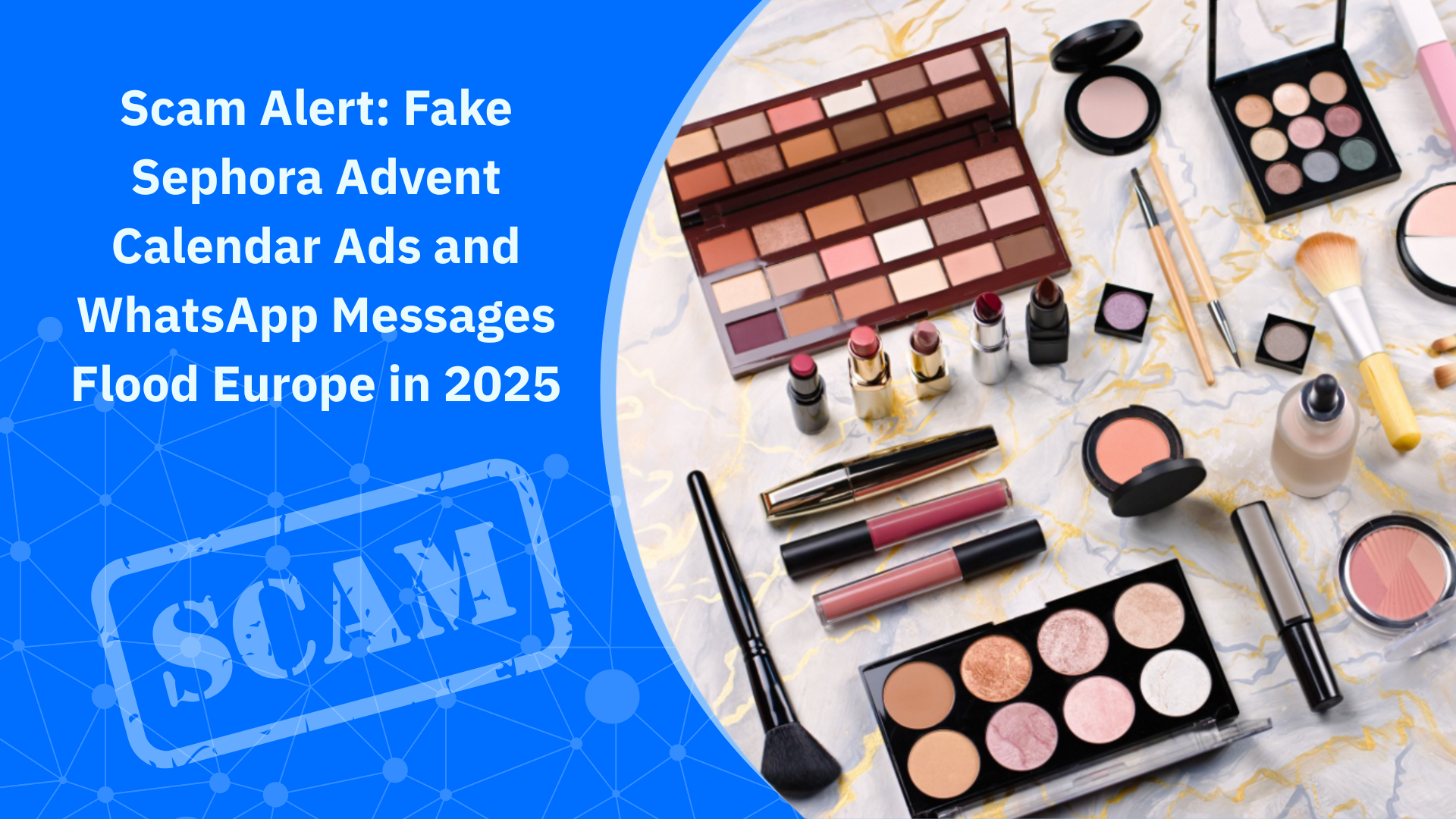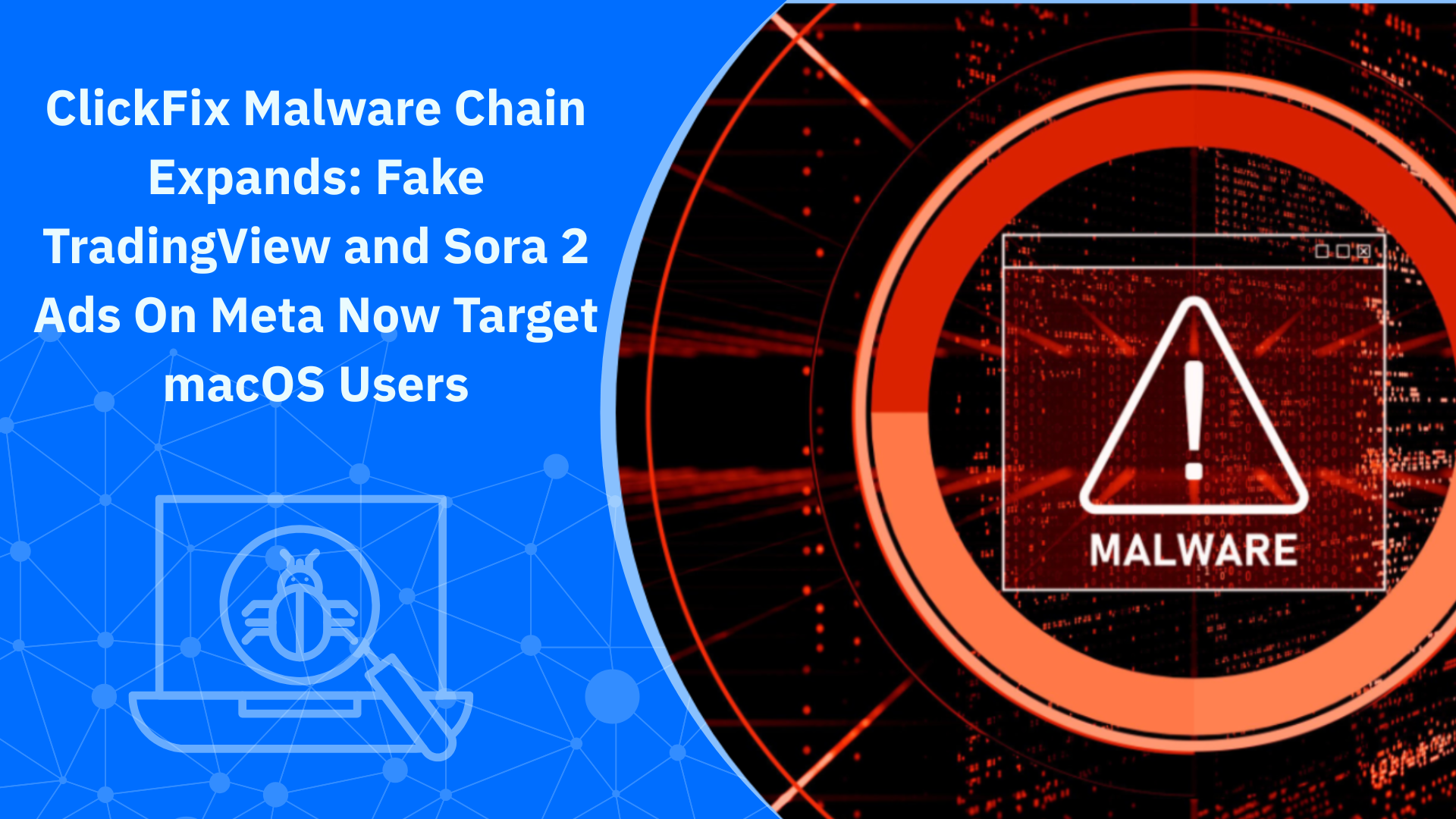"I've Hacked Your Devices" Mail Is Still a Common Scam. Don't Fall for It!

It usually starts with a message in your inbox. Someone says they've hacked into your computer, stolen your passwords, and used your webcam to record private moments.
These emails are often full of threats, tech-sounding language, and specific details to make them seem real. Then comes the demand: send money or they'll expose everything.
These kinds of emails are scary. But in most cases, they're fake. Here's what you need to know about this type of scam, what to do if you get one, and how to protect yourself going forward.
Related: 41 Million Suspicious Emails Reported in the UK. How Can You Stop the Phish in 2025?
They Want You to Panic—and Pay
This is part of a common scam known as sextortion phishing—emails designed to shame, shock, and scare you into paying.
Scammers send out thousands of emails like this, hoping that fear and embarrassment will make someone pay up. They often use strong, threatening language and pretend to have hacked your webcam, microphone, and online accounts.
In reality, they usually haven't hacked anything. They're bluffing.
Sometimes, to make the scam more convincing, they'll include a password you've used in the past. They get these from old data breaches and try to scare you into thinking they've gained access to your devices.
These emails work because they create instant fear. Even if you've done nothing wrong, it's hard not to panic when someone claims to have private access to your life.
Some people freeze. Others pay, just to make it go away. But sadly, paying doesn't guarantee anything. In fact, it may encourage scammers to target you again.
Related: Fake Antivirus Pop-Ups vs. Real Security Alerts: How to Tell the Difference
How to Tell If It's a Scam
The language is usually threatening and dramatic, trying to scare you into acting quickly. They'll say things like "I've been watching you for months" or "With one click, I'll send this to your contacts."
Here are some signs it's fake:
- The message is vague. It doesn't mention your name or any current personal details.
- It sounds overly dramatic. Words like "I penetrated your system" or "I control your device" are meant to scare you.
- They demand Bitcoin. Scammers like cryptocurrency because it's harder to trace.
- There's no actual proof. No screenshot, no file, no real evidence—just threats.
Related: Scam Trends of The Week: 7 Real Scam Emails You Need to Avoid
What You Should Do
First of all—don't reply and don't send money. That only confirms you read the message and might make you a bigger target later.
Instead, take a moment to breathe and make sure your accounts are safe. Run a full security check on your devices. If the email listed an old password you still use, change it right away—especially on important accounts like email or banking.
Even if the message was fake, it's a good chance to make your online life more secure. Turn on two-factor authentication where possible. Avoid using the same password across multiple sites. And keep your software updated.
Related: 'Your Account Has Been Hacked': Crypto and Bank Phishing Scams Surge Across Australia
Bitdefender to the Rescue: Scam-Fighting Tools That Really Work
Sometimes, it's hard to know if a message is a scam—especially when it sounds urgent or threatening. That's why you can use dedicated tools to check if it's real or not before you act.
- Bitdefender Scamio. A free, easy-to-use AI-powered chatbot that lets you paste any suspicious message and link, or copy paste screenshots via your browser, WhatsApp, Facebook Messenger, or Discord—and instantly tells you if it's safe.
- Bitdefender Link Checker. Another free tool to help you and your family check suspicious links easily.
- Real-Time Anti-Fraud and Anti-Phishing Filters. Integrated into Bitdefender's security products, these block phishing and scam websites before they ever load.
Scams like this feed on fear and confusion. But with the right tools—and a clear head—you stay in control.
tags
Author
Cristina is a freelance writer and a mother of two living in Denmark. Her 15 years experience in communication includes developing content for tv, online, mobile apps, and a chatbot.
View all postsRight now Top posts
How Kids Get Automatically Added Into WhatsApp Groups with Horrific Imagery Without Consent
November 24, 2025
Scammers Exploit Hype Around Starbucks Bearista Cup to Steal Data and Money, Bitdefender Antispam Lab Warns
November 18, 2025
Scam Alert: Fake Sephora Advent Calendar Ads and WhatsApp Messages Flood Europe in 2025
November 17, 2025
ClickFix Malware Chain Expands: Fake TradingView and Sora 2 Ads On Meta Now Target macOS Users
November 17, 2025
FOLLOW US ON SOCIAL MEDIA
You might also like
Bookmarks







